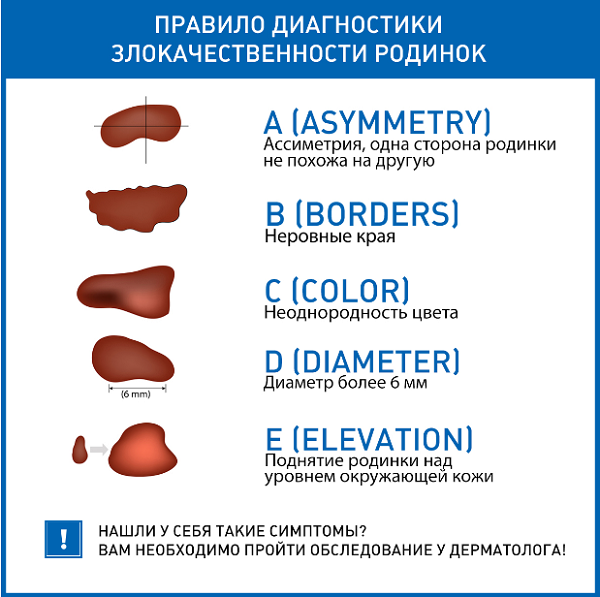I am often approached by patients with various formations on the skin of their arms, legs, and torso, which they consider problematic. Sometimes these are well–known moles, sometimes they are various formations of vascular origin. Are these phenomena dangerous, how are they treated, and should they be treated at all?
First of all, let's look at the subject. Moles or nevi are a congenital defect in the development of skin cells that are laid during the prenatal period of human development. The skin is "programmed" for the appearance of a nevus, but it can appear at any age throughout life. In fact, a mole is a cluster of improperly formed skin cells. Most often, these are pathological melanocytes, cells that produce pigment. Despite this origin, moles are not always intensely colored, and sometimes they are even discolored.
Unlike moles, vascular formations can be both congenital and acquired. If these are congenital formations, then we are usually talking about vascular malformation, primarily capillary dysplasia, popularly called "wine stain". Acquired - as a rule, either hemangiomas are tumors in young children, or dilation of small skin vessels that can appear in adults on different skin areas, most often on face and legs.
If we talk about moles, then some of them carry the potential for malignancy. People who have a large number of pigmented moles on their bodies, who have cases of skin cancer in their family, and who abuse exposure to the sun or tanning beds are at risk.
If you have concerns about a particular mole, you should get consultation with a dermatologist. And if the mole really turns out to be malignant, you should definitely remove it, strictly following the rules, and some moles should be removed only by a surgeon.

You can remove almost all moles. But is it always advisable to take this measure? It's worth considering whether there really is a need and, most importantly, what can happen after removal?
If you are confused by a large mole that you find ugly, will you be satisfied with an ugly scar that may remain after removal?
There can be two reasons for removing a mole: either it poses some kind of potential health hazard, or it interferes: for example, it is exposed to friction or creates cosmetic problems. You can get rid of moles only by removing them.
As for vascular formations, almost all of them are successfully treatable. Moreover, today the methods of treatment, as a rule, are not surgical, but therapeutic, but still in some cases surgical intervention is required.
Almost all types of capillary dysplasia disappear without a trace as a result of treatment, only in rare cases a barely noticeable spot remains on the skin.
Some vascular formations may appear in women during pregnancy due to the expansion of superficial veins on the legs. This is especially the case in cases of pathological weight gain during pregnancy, or in those whose weight remains overweight after pregnancy. The appearance of moles, in turn, does not depend in any way on pregnancy, or even on a person's gender. Skin pigmentation disorders that accompany pregnancy are not moles.
In conclusion, there are general recommendations for prevention. In order to avoid dangerous turns in the development of moles, you should avoid exposure to sunlight, that is, do not stay in the sun and do not get carried away with tanning. In addition, sunburn and skin damage lead to vasodilation. To avoid this, alcohol abuse should also be avoided.
Was this information helpful?
Questions and answers
Ask a Question







.webp)
.webp)
.webp)







